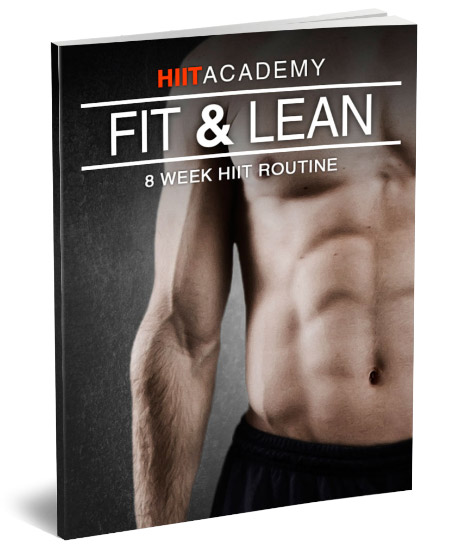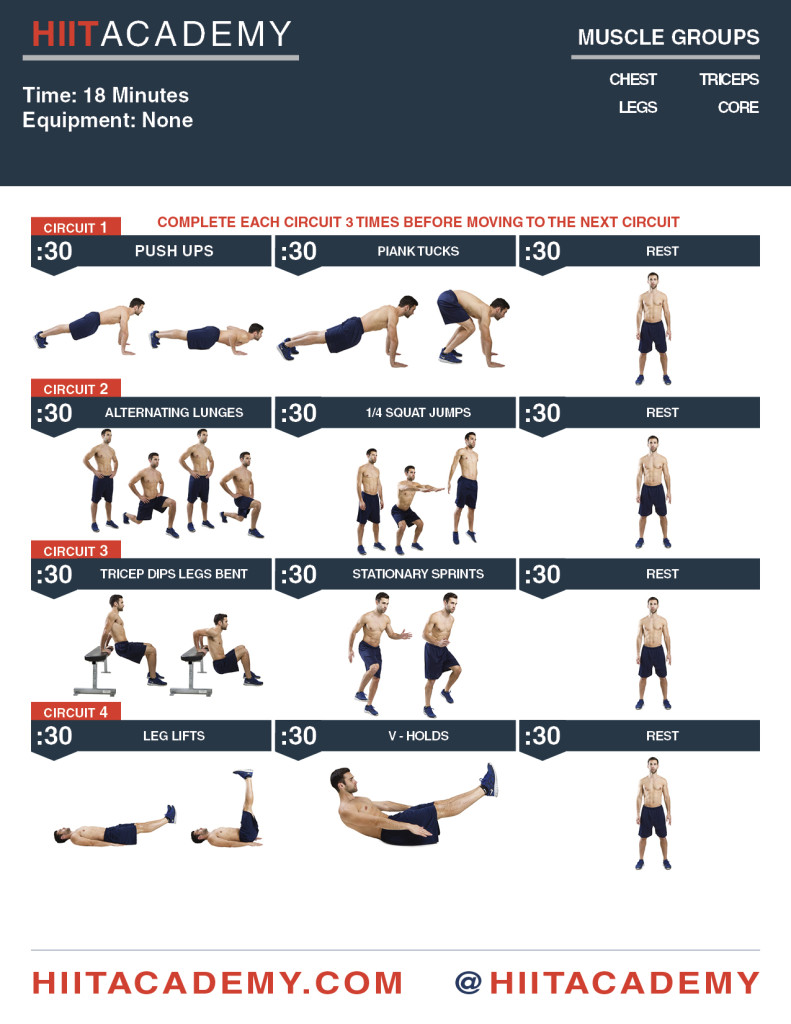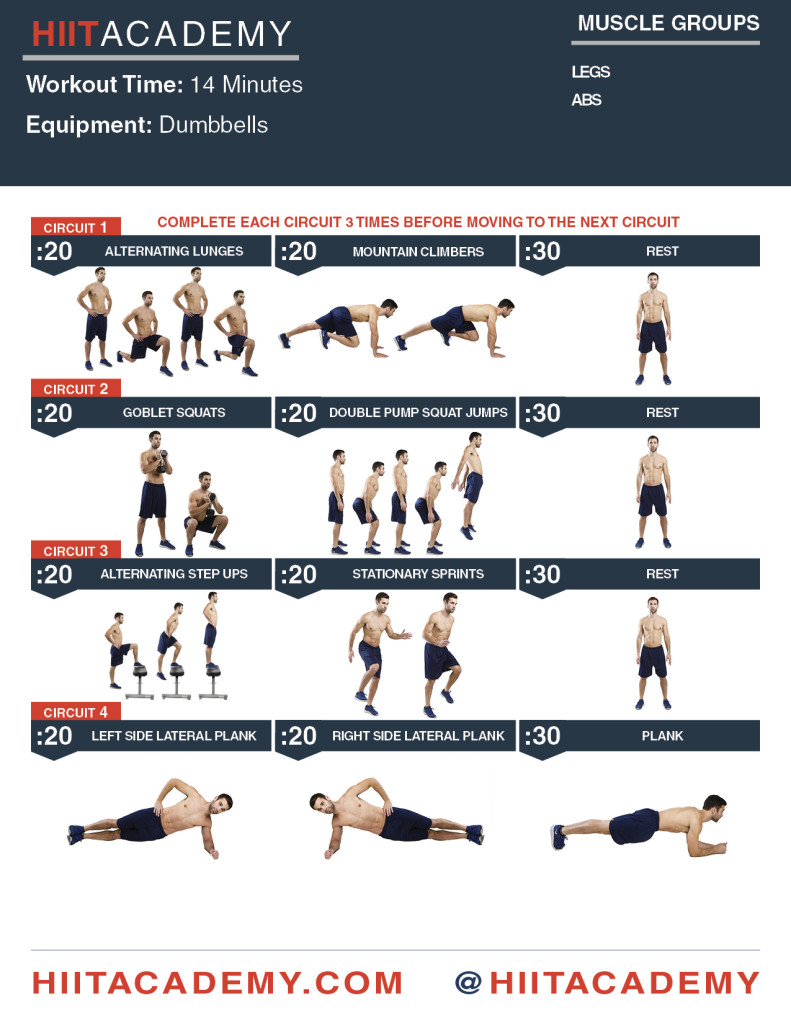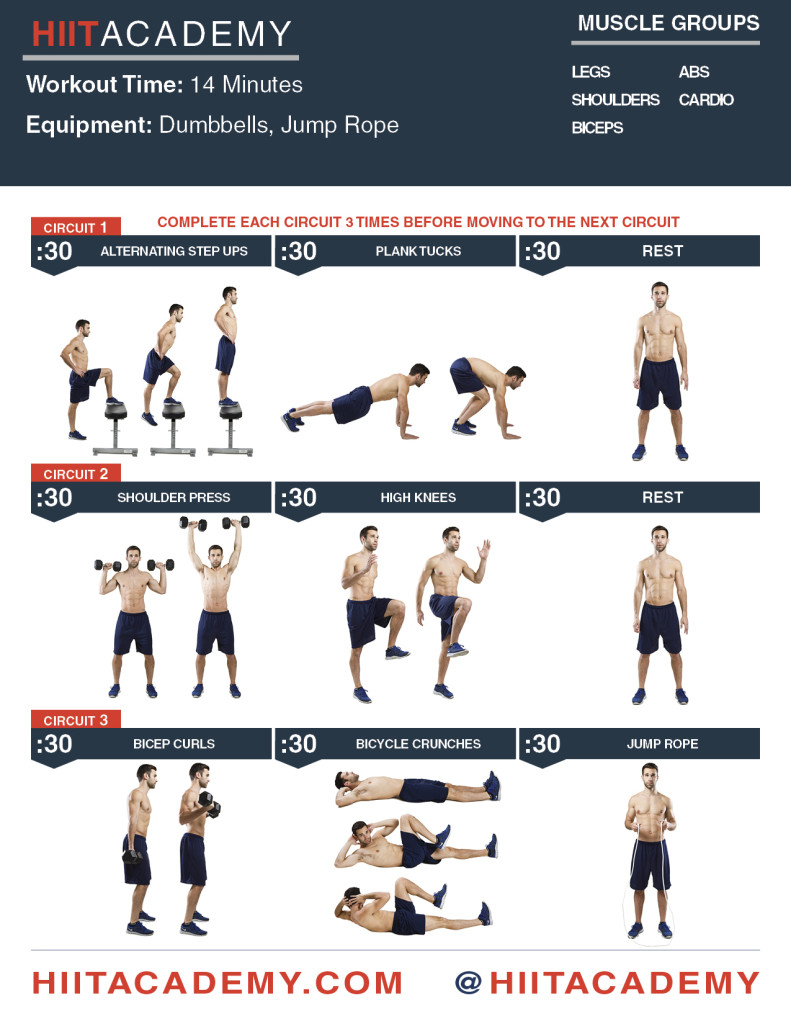If you want to take your health to the next level then you need to incorporate a great diet.
But with so many out there, and new ones coming out just about every year, how do you know which one to choose?
We’ve broken down some of our favorite diets that we use to create a body that is lean and healthy. We’ve listed them from easiest to hardest to adopt.
Slow-Carb Diet
This is a great diet if you’ve never dieted before. It comes from TIm Ferriss’ the 4 Hour Body. If you haven’t read it yet, we highly recommend it. It’s a fascinating read and has tons of practical tips and tools about the human body that you can incorporate into your own life.
It’s easy to follow and similar to a Paleo diet but not as rigid. It works best if you keep your meals simple and eat until you are full. You don’t have to worry about being calorie conscious on this diet which makes it easy to adopt for beginners.
The Menu – Stick to slow-carb foods such as beans, green vegetables, and meat. To make it easy on you, and your wallet, you can buy fresh, frozen or canned options of the slow-carb friendly friendly foods.
Another benefit is the ability to unwind every night with a glass of red wine. Keep it in moderation and be sure to stick to the dry reds. White and sweet red wines should be avoided as they have way too much sugar and could prevent the slow-carb benefits.
Ferriss also allows for a cheat day while partaking in the slow-carb diet. It occurs once a week, typically on a Saturday, and should be enjoyed to the maximum. Although it is highly desirable when you first start, you may find yourself scaling cheat day down the longer you stick with the diet. But for all you newbies out there, don’t be afraid to go big on your cheat day. You deserve it.
The No-No’s – The rules are simple and should be followed 6 days a week:
- Stay away from white carbs, or carbs that can be white. That means potatoes and yams, cereal grains and rice.
- Stay away from dairy.
- Stay away from fruit.
- Stay away from sugar and artificial sweeteners.
- Lastly, limit domino foods such as nuts.
The Results – The results have been incredible. If you go to Ferriss’ blog you’ll have a chance to read about it from Tim and others who have successfully adopted the slow-carb diet into their lives. It’s a great gateway diet that is easy, fun and best done with other people…for cheat day purposes.
Paleo Diet
The Paleo Diet is supposed to mimic the diets of our hunter/gatherer ancestors. You’ll be consuming whole foods that are rich in nutrients. The less processed the better. In fact, just avoid processed foods all together.
The Menu – Grass-fed meats, organic and raw green leafy vegetables and fruits, good healthy fats, nuts and seeds. You may hear the motto “if it used to run, swim or fly then it’s okay to eat”…the true caveman way.
One bit of grey area that seems to divide some paleo practitioners is the allowance of certain vegetables – primarily the use of starches such as yams and squashes. Some paleo eaters will say it’s okay, others will say no. You can decide for yourself.
The No-No’s – Keep in mind that the goal is to try and mimic foods that would have been available to our ancestors.
- Stay away from foods that have been processed.
- Stay away from cereals, rice and other grains. This is why.
- Stay away from legumes.
- Stay away from dairy.
- And stay away from from foods that have more than one ingredient.
The Results – A study that tested a small sample of people on the paleo diet saw many functions of the body operating better than control groups. Countless others have been able to get in shape and look great because the quality of their food has gone up. If you want to use this diet for fat loss then avoid the over consumption of fruit.
Ketogenic Diet
The goal of this diet is to get into a state of ketosis, where your primary energy is coming from ketone bodies rather than blood glucose. The state of ketosis is sometimes referred to as the “fat burning state” since your body will start to break down adipose fat for energy.
Your diet looks something like this: a large amount of the calories, at least 60%, come from fat sources, while there is a small amount comes from protein (35%) and a minimal amount of carb intake (5%).
With that being said, if you’ve never done a low carb/high fat diet it will take some getting used to. When you make the switch expect some fatigue as your body adjusts to the lack of carbohydrates. But after you adapt you’ll start to see benefits such as prolonged energy and loss of body of fat.
The Menu – Fats are your friend. You’re going to want to consume foods such as butter, olive oil, coconut oils and whole eggs. Green vegetables are your best choice of carbs within the guidelines. All meat can be consumed but it’s always best to stick to whole food sources such as steak as opposed to sausage.
The No-No’s – Carbs are not your friend. Ideally you’ll want to keep your intake to in a range of 0g – 50g of carbs a day.
The Results – The ketogenic diet results in stable insulin levels, decreased body fat, and feelings of prolonged energy.
Now that you have three of our favorite diets, we suggest that you go out and try one. Connect with us on Twitter and let us know what you think!











Leave a Reply